Principal Investigator
Prof Derek H. Arnold
School of Psychology
McEllwain Bld
The University of Queensland
St. Lucia, Qld, Australia, 4072
Email:
d.arnold@psy.uq.edu.au
JOURNAL ARTICLES
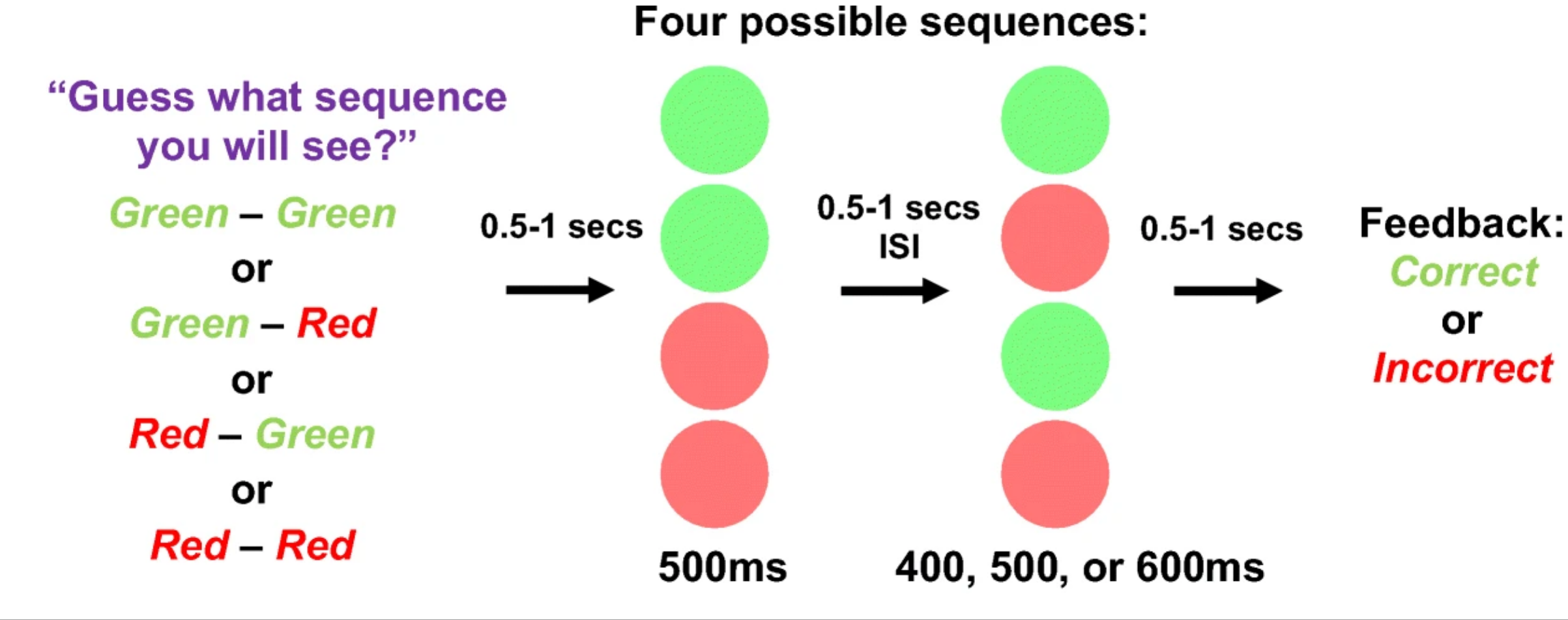
|
Saurels, B.W., Arnold, D.H., Anderson, N.L., Lipp, O.V. & Yarrow, K. (2022). The perceived duration of expected events depends on how the expectation was formed. Attention, Perception & Psychophysics 84: 1718 - 1725.
|
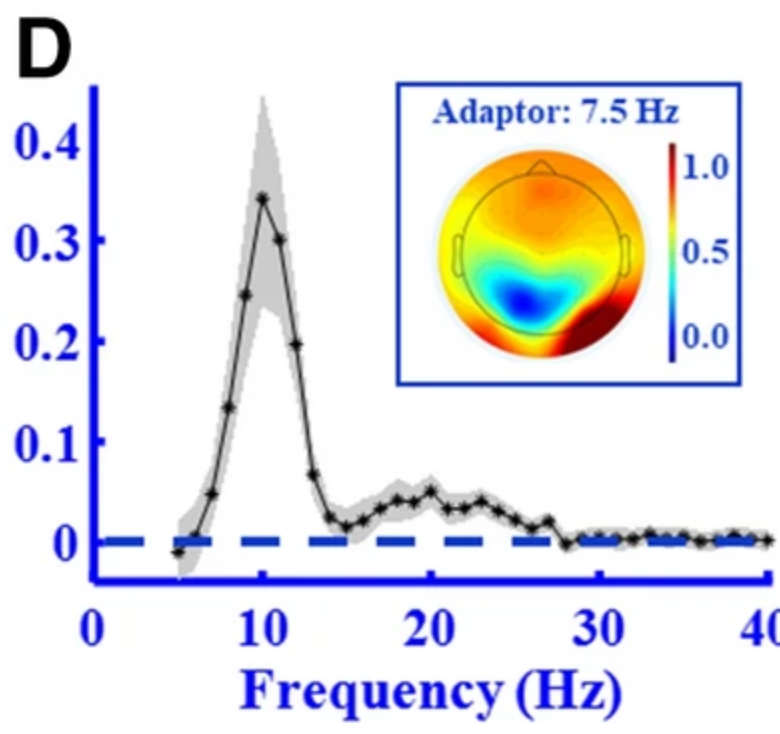
|
Hohaia, W., Saurels, B.W., Johnston, A., Yarrow, K. & Arnold, D.H. (2022). Occipital alpha-band brain waves when the eyes are closed are a product of ongoing visual processes. Scientific Reports 12: 1194.
|
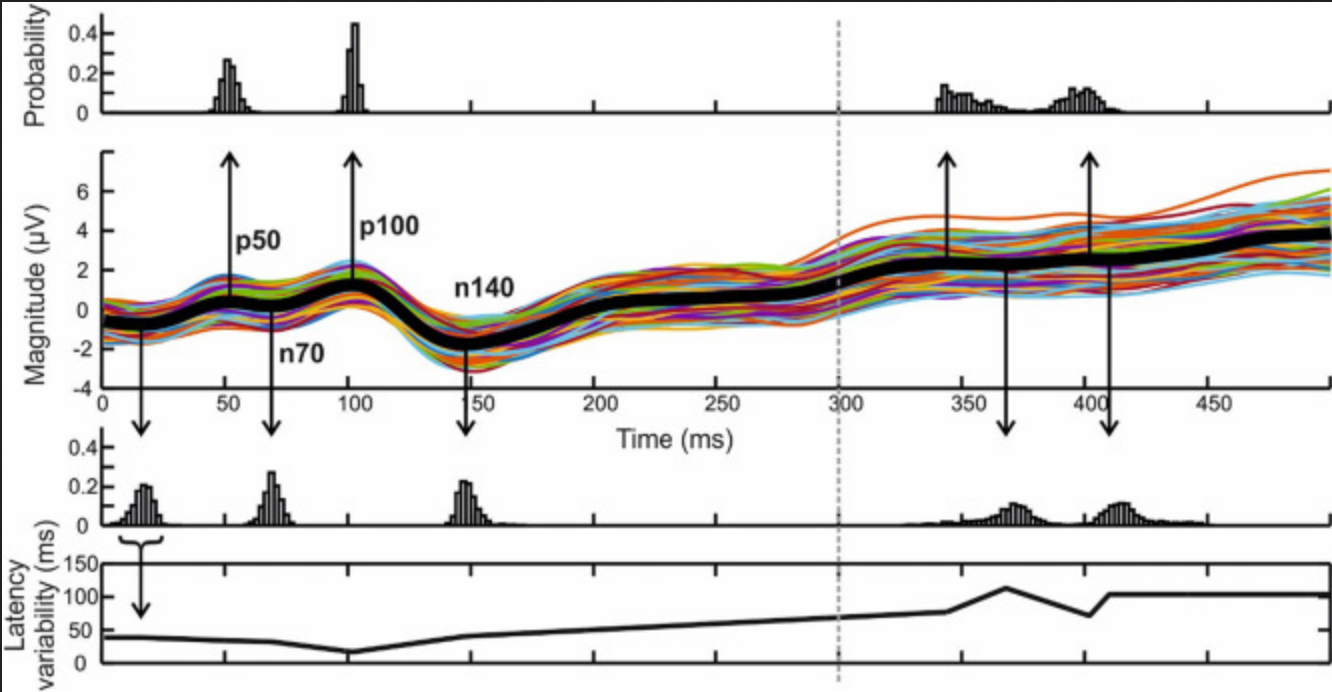
|
Yarrow, K., Kohl, C., Segasby, T., Bansal, R.K., Rowe, P. & Arnold, D.H. (2022). Neural latency noise limits on human sensitivity to the timing of events. Cognition 222: 105012.
|
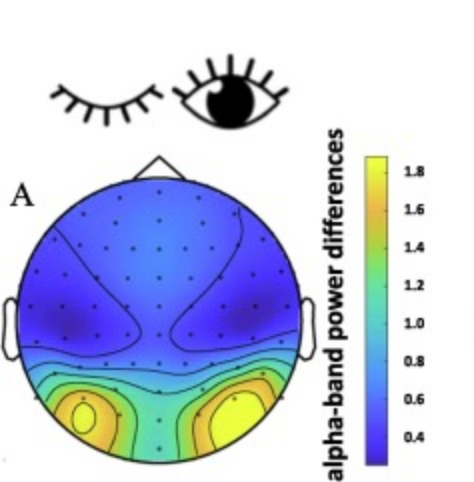
|
Arnold, D.H., Andressen, I., Anderson, N.L. & Saurels, B.W. (2023). Commonalities between the Berger Rhythm and spectra differences driven by cross-modal attention and imagination. Consciosness & Cognition 222: 103436.
|
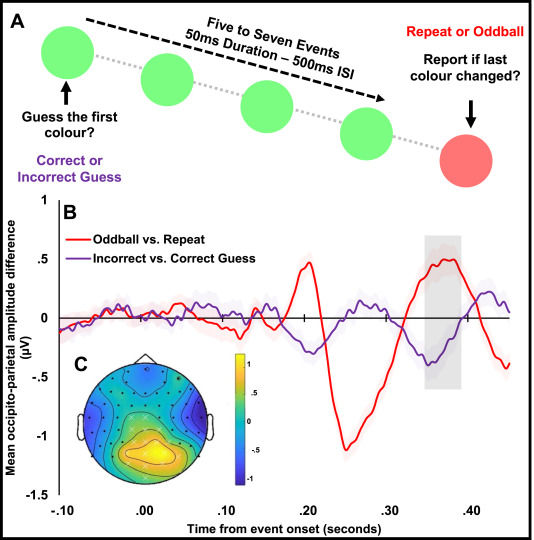
|
Saurels, B.W., Frommelt, T., Yarrow, K., Lipp, O.V. & Arnold, D.H. (2022). Neural prediction errors depend on how an expectation was formed. Cortex 147: 102 - 111.
|
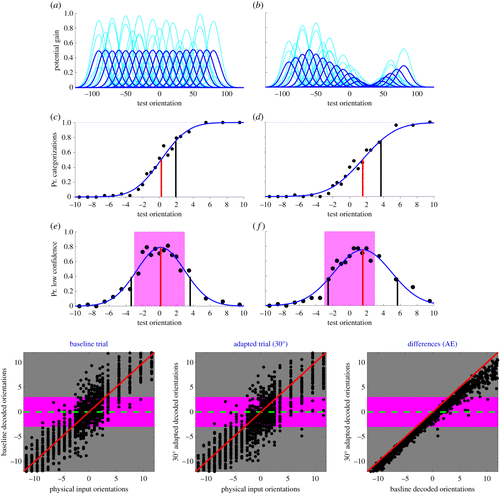
|
Arnold, D.H., Saurels, B.W., Anderson, N.L. & Johnston, A. (2021). An observer model of tilt perception, sensitivity and confidence. Proceedings of the Royal Society of London, Series B: Biological Sciences 288: 20211276.
|
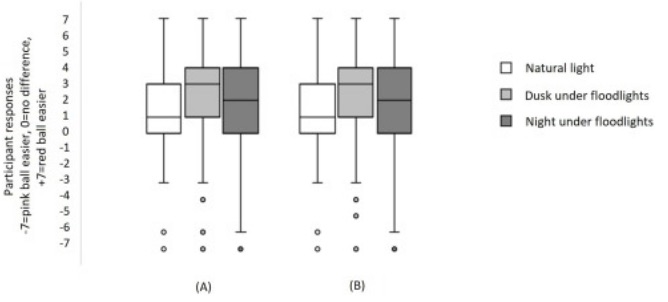
|
Allen, P., Arnold, D.H., Maguire, R., Wilkins, L., Timmis, M., Adie, J., Mann, D., Homer, A., Beukes, E. & Johnstone, J. (2021). Cricketers are not tickled pink by the new coloured ball. Journal of Science and Medicine in Sport 24: 183 - 188.
|
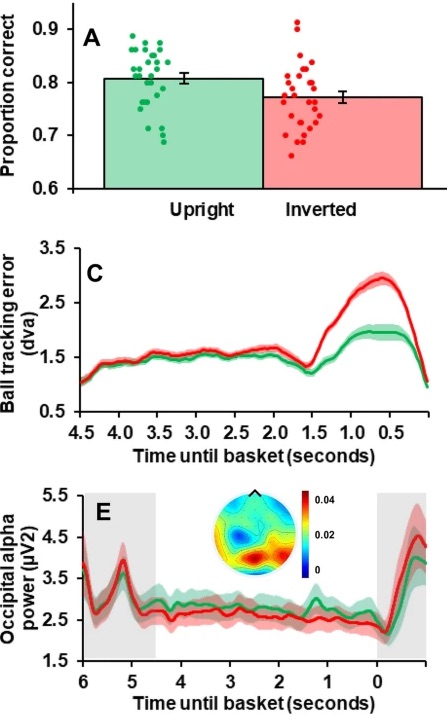
|
Saurels, B.W., Hohaia, W., Yarrow, K., Johnston, A. & Arnold, D.H. (2021). Visual predictions, neural oscillations and naïve physics. Scientific Reports 11: 16127.
|
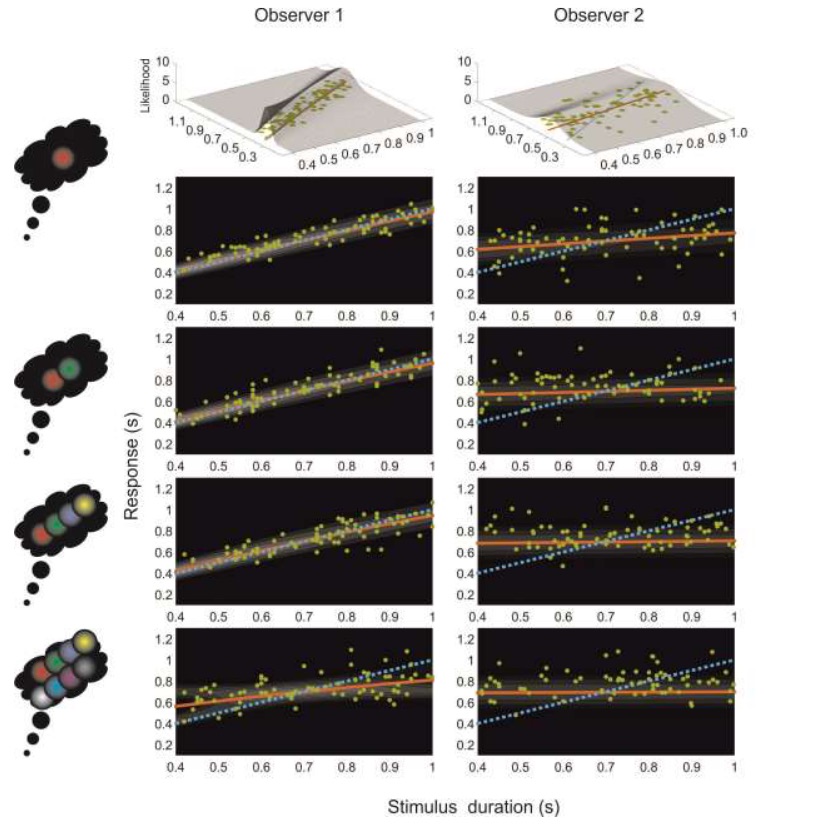
|
Yarrow, K., Samba, C., Kohl, C. & Arnold, D.H. (2020). Auditory and Visual durations load a unitary working-memory resource. Timing and Time Perception 9: 1-38.
|
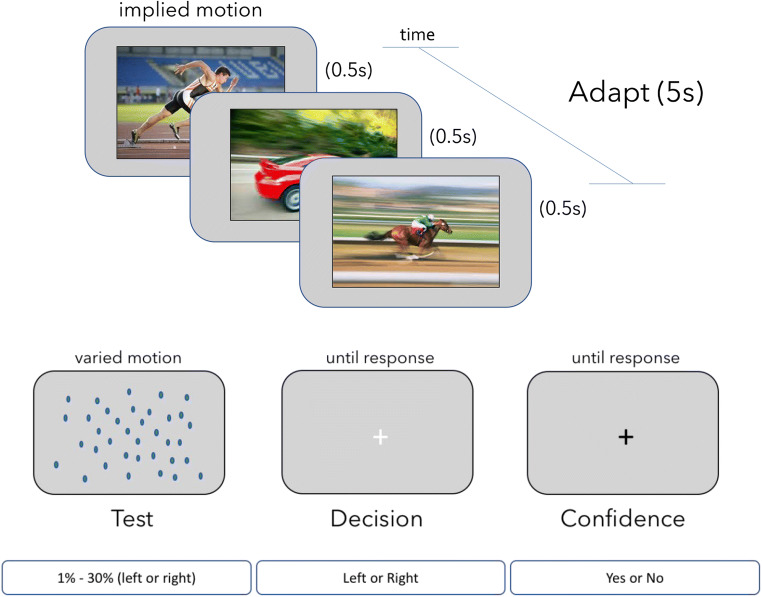
|
Gallagher, R., Suddendorf, T. & Arnold, D.H. (2021). The implied motion aftereffect changes decisions, but not confidence. Attention Perception and Psychophysics 83: 3047-3055.
|
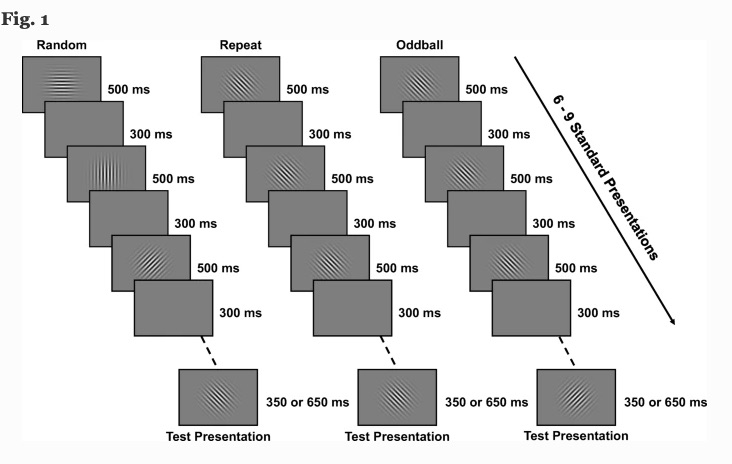
|
Saurels, B., Lipp, O., Yarrow, K. & Arnold, D.H. (2020). Predictable events elicit less visual and temporal uptake of information in an oddball paradigm. Attention Perception and Psychophysics 82: 1074-1087.
|
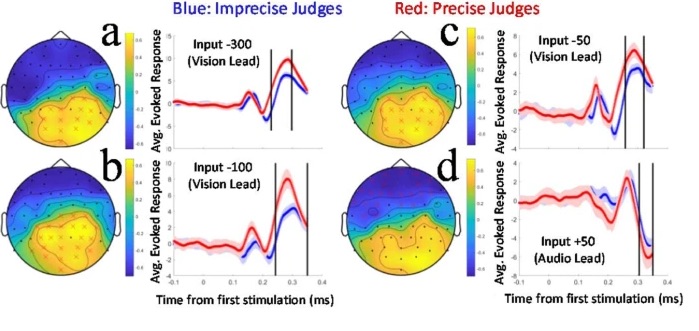
|
Arnold, D.H., Hohaia, W. & Yarrow, K. (2020). Neural correlates of subjective timing precision. Scientific Reports 10: 3098.
|

|
Gallagher, R., Suddendorf, T. & Arnold, D.H. (2019). Confidence as a diagnostic tool for perceptual aftereffects. Scientific Reports 9: 7124.
|
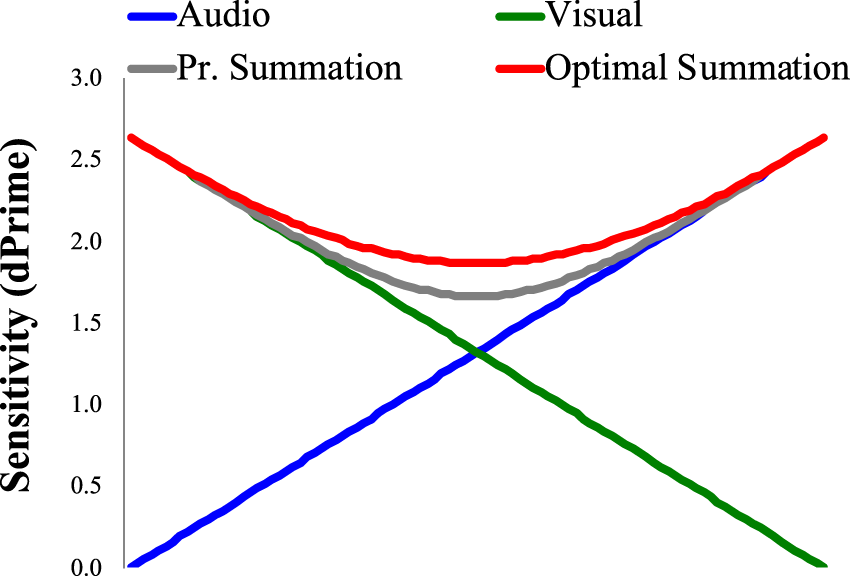
|
Arnold, D.H., Petrie, K., Murray, C. & Johnston, A. (2019). Suboptimal human multisensory cue combination. Scientific Reports 9: 5155.
|
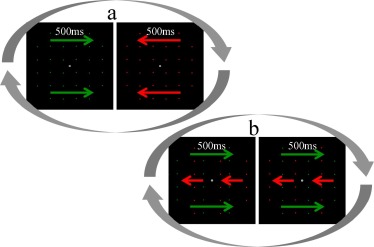
|
McIntyre, M.E. & Arnold, D.H. (2018). Synchronous and asynchronous perceptual bindings of colour and motion following identical stimulations. Vision Research 146-147: 41-47.
|
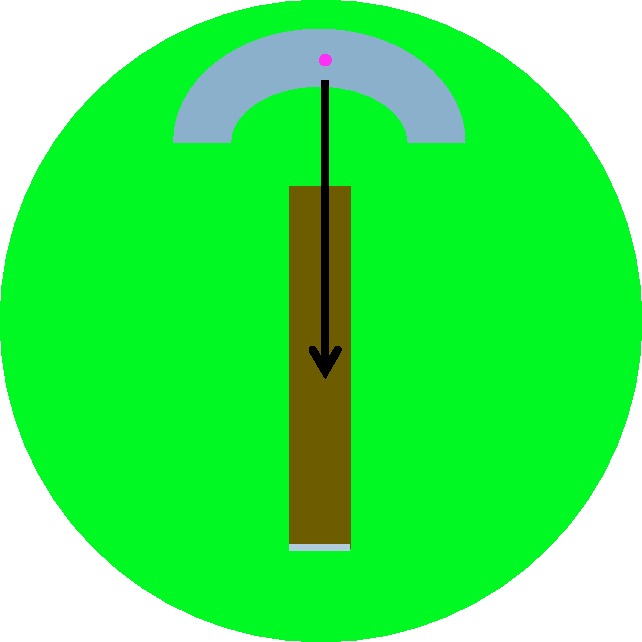
|
Adie, J.M. & Arnold, D.H. (2017). Pink cricket balls through rose-tinted glasses: Enhancing interceptive timing. i-Perception 8: 2041669517743991.
|

|
Yarrow, K., Martin, S.E. Di Costa, S., Solomon, J.A., & Arnold, D.H. (2016). A roving dual-presentation simultaneity-judgment task to estimate the point of subjective simultaneity. Frontiers in Psychology 7: 416.
|

|
Adie, J.M. & Arnold, D.H. (2017). Why pink cricket balls may be visually challenging at sunset. i-Perception 8: 28203351.
|

|
Ball, D.M., Arnold, D.H., & Yarrow, K. (2017). Weighted integration suggests that visual and tactile signals provide independent estimates about duration. J Exp Psychology: Human Perception & Performance 43: 868 – 880.
|

|
Arnold, D.H., Williams, J.D., Phipps, N.E., & Goodale, M,A. (2016). Sharpening vision by adapting to flicker. Proceedings of the National Academy of Sciences USA 113: 12556 – 12561.
|

|
Cronin, S.L., Spence, M.L., Miller, P.A., & Arnold, D.H. (2017). Bi-directional gender face aftereffects: Evidence against normative facial coding. Perception 46: 119 - 138.
|

|
Storrs, K. & Arnold, D.H. (2017) Shape adaptation exaggerates shape differences. J Exp Psychology: Human Perception & Performance 43: 181 - 191.
|

|
Arnold, D.H. & Yuen, V. (2016). What is learnt when learning to point at ‘invisible’ targets? Journal of Vision 16: 1 – 9.
|

|
Arnold, D.H., Petrie, K. & Johnston, A. (2017). Foveal Motion Standstill. Vision Research 134: 1 – 6.
|
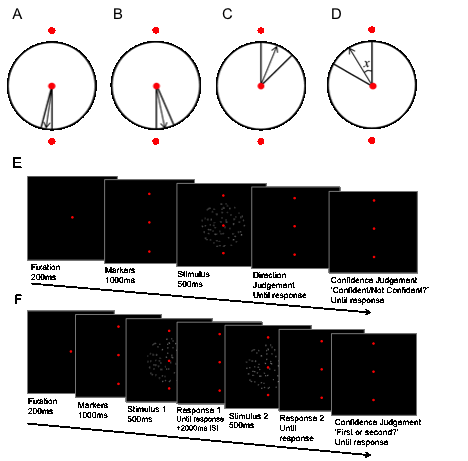
|
Spence, M., Dux, P. & Arnold, D.H. (2016). Computations Underlying Confidence in Visual Perception. J Exp Psychology: Human Perception & Performance 42: 671 – 682.
|
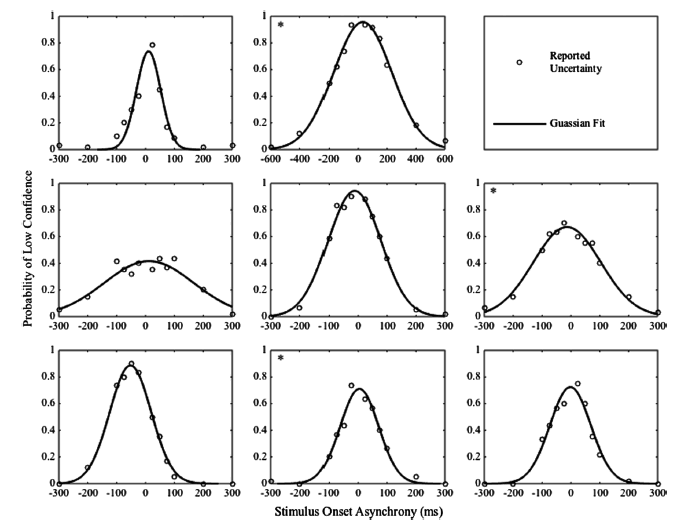
|
Keane, B., Spence, M., Yarrow, K. & Arnold, D.H. (2015). Perceptual confidence demonstrates trial-by-trial insight into the precision of audio-visual timing perception. Consciousness & Cognition 38: 107 – 117.
|
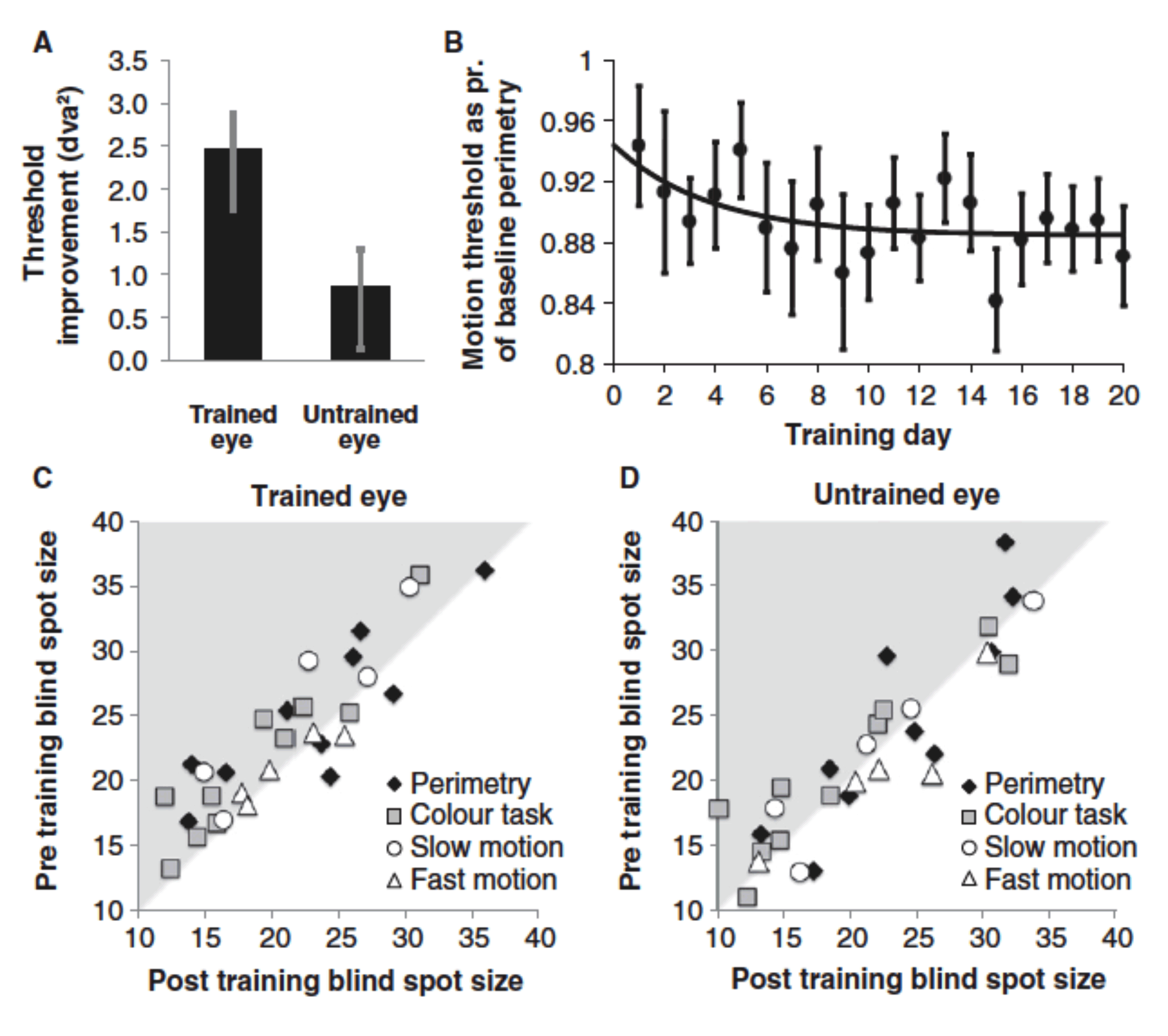
|
Miller, P., Wallis, G, Bex, P. & Arnold, D.H. (2015). Reducing the size of the human physiological blindspot. Current Biology 25: R747-R748.
|
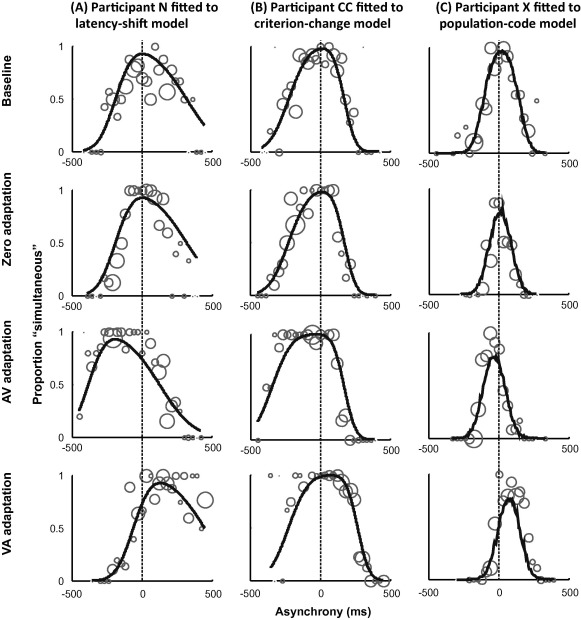
|
Yarrow, K., Minaei, S. & Arnold, D.H. (2015). A model-based comparison of three theories of audiovisual temporal recalibration.
Cognitive Psychology 83: 54 – 76.
|
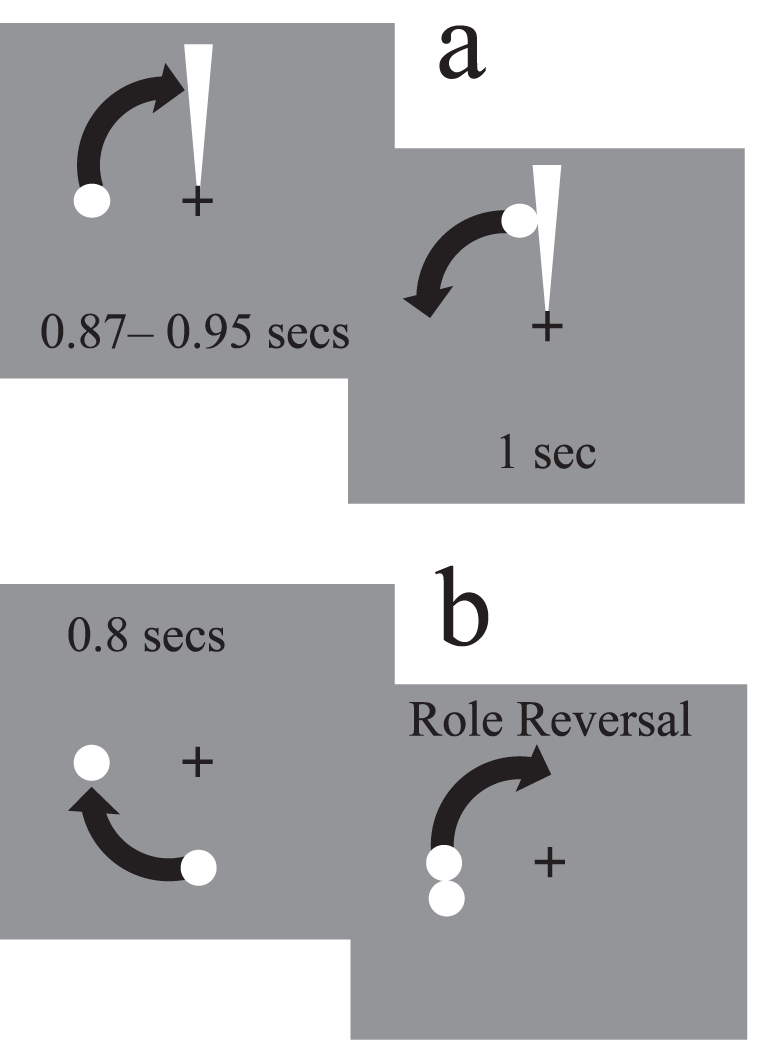
|
Arnold, D.H., Petrie, K. Gallagher, R.M. & Yarrow, K. (2015). An object-centered aftereffect of a latent material property: A squishiness visual aftereffect, not causality adaptation. Journal of Vision 15(9): 4, 1 – 9.
|
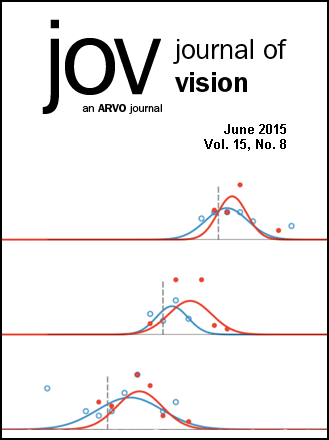
|
Storrs, K. & Arnold, D.H. (2015). Face aftereffects involve local repulsion, not re-normalisation.
Journal of Vision 15(8): 1, 1 – 18.
|
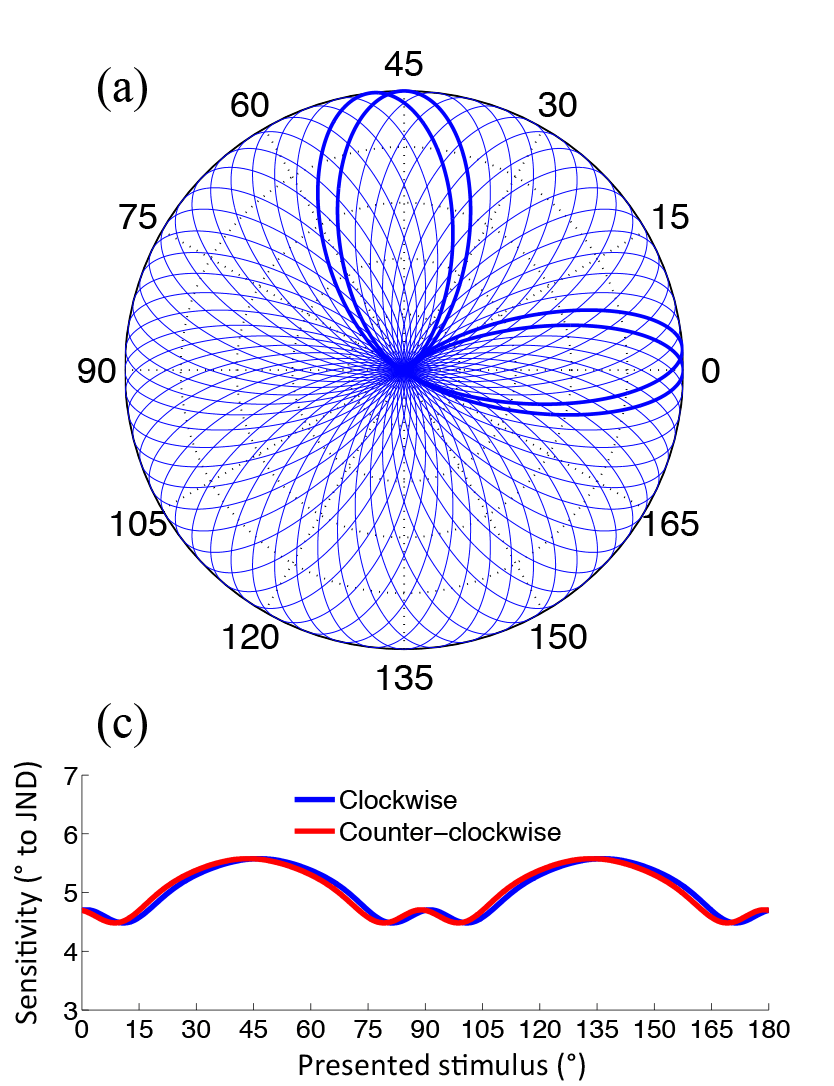
|
Storrs, K. & Arnold, D.H. (2015). Evidence for tilt normalization can be explained by anisotropic orientation sensitivity.
Journal of Vision 15(8): 1, 1 – 18.
|
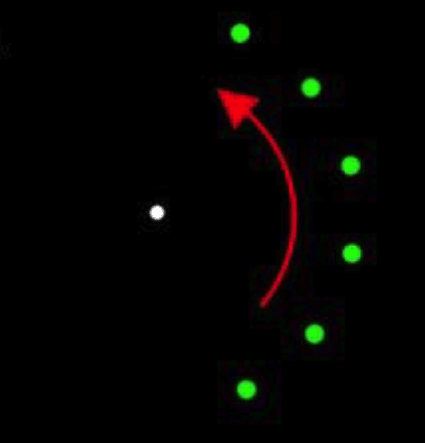
|
Miller, P. & Arnold, D.H. (2015). Malleable temporal integration of positional information for moving objects.
J Exp Psychology: Human Perception & Performance 41: 623 – 630.
|

|
Gallagher, R. & Arnold, D.H. (2014). Interpreting the temporal dynamics of perceptual rivalries.
Perception 43: 1239 - 1248.
|

|
Lipp, O.V., Kempnich, C., Jee, S.H. & Arnold, D.H. (2014). Fear conditioning to subliminal fear relevant and non fear relevant stimuli.
PLoS One 9: e99332.
|

|
Spence, L. & Arnold, D.H. (2014). Why the Long Face? The importance of vertical image structure for biological ‘barcodes’ underlying face recognition.
Journal of Vision 18(8): 24, 1 - 12.
|
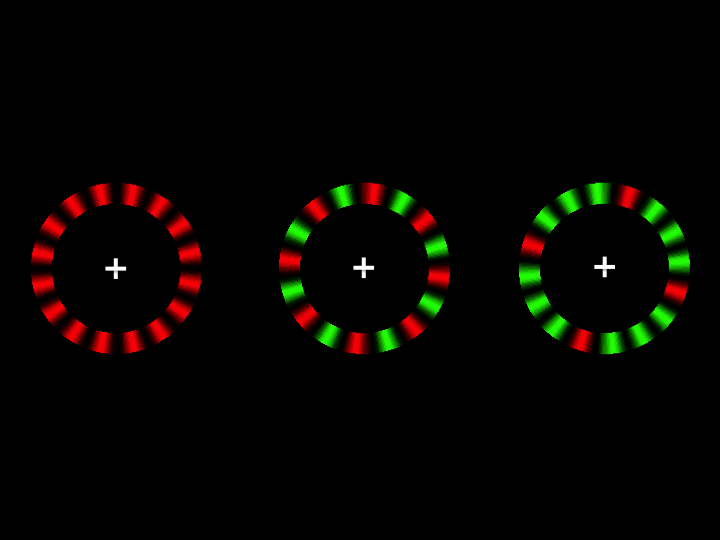
|
Arnold, D.H., Pearce, S.L. & Marinovic, W. (2014). Illusory motion reversals and feature tracking analyses of movement.
J Exp Psychology: Human Perception & Performance 40: 938 – 947.
|
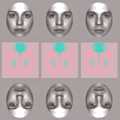
|
Pearce, S. & Arnold, D.H. (2013). Facial coding is disrupted at equiluminance.
Perception 42: 835 - 848.
|

|
Marinovic, W. & Arnold, D.H. (2013). Motion deblurring in human vision results in an illusory distortion of moving form.
Vision Research 88: 47 - 54.
|

|
Marinovic, W., Pearce, S. & Arnold, D.H. (2013). Attentional tracking acuity is modulated by illusory changes in perceived speed.
Psychological Science 24: 174 - 180.
|

|
Storrs, K. & Arnold, D.H. (2013). Shape aftereffects reflect shape constancy operations: Appearance matters.
J Exp Psychology: Human Perception & Performance39: 616 - 622.
|

|
Erskine, H., Mattingley, J.B. & Arnold, D.H. (2013). Synaesthesia and colour constancy.
Cortex 49: 1082 - 1088.
|

|
Arnold, D.H., Nancarrow, K. & Yarrow, K. (2012). The critical events for motor-sensory temporal recalibration.
Frontiers in Human Neuroscience 6: 235 doi: 10.3389/fnhum.2012.00235
|
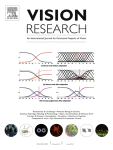
|
Storrs, K. & Arnold, D.H. (2012). Not all face aftereffects are equal. Vision Research 64: 7 - 16.
|

|
Marinovic, W. Plooy, A.M. & Arnold, D.H. (2012). The influence of visual motion on interceptive actions and perception. Vision Research 60: 73 - 78.
|
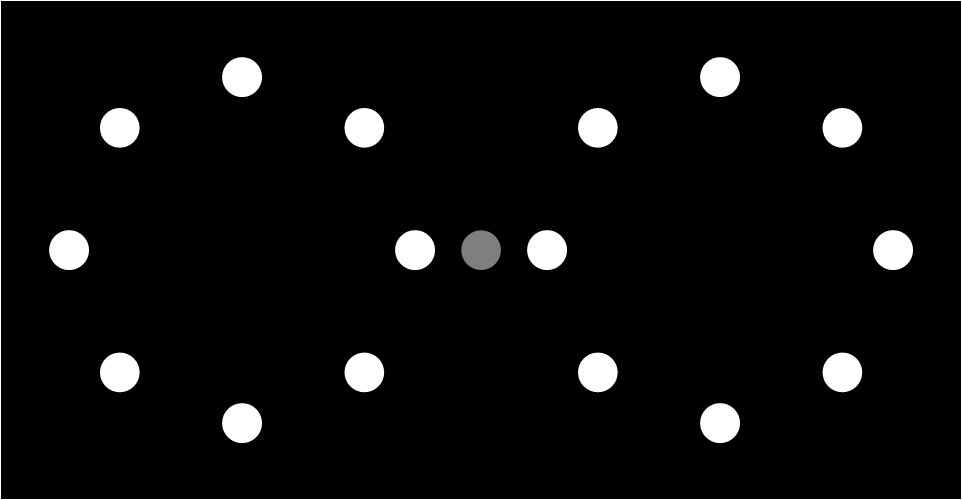
|
Marinovic, W. & Arnold, D.H. (2012). Separable
temporal metrics for time perception and anticipatory actions.
Proceedings of the Royal Society of London, Series B: Biological
Sciences 279: 854 - 859. |

|
Arnold, D.H., Wegener, S.V., Brown, F. & Mattingley, J.B. (2012). Precision of synaesthetic colour matching resembles that for recollected colours rather than physical colours. J Exp Psychology: Human Perception & Performance 38: 1078 - 1084.
|
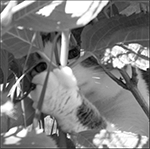
|
Arnold, D.H. (2011). Why is binocular rivalry uncommon? Frontiers in Human Neuroscience 5: 116 doi: 10.3389/fnhum.2011.00116
|

|
Yarrow, K., Jahn, N., Durant, S. & Arnold, D.H.
(2011). Shifts of criteria or neural timing? The assumptions
underlying timing perception studies. Consciousness &
Cognition, 20: 1518 - 1531.
|
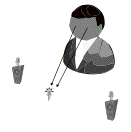
|
Yarrow, K., Roseboom, W. & Arnold, D.H. (2011). Spatial grouping resolves ambiguity to drive temporal
recalibration. J. Experimental Psychology, Human Performance &
Perception, 37: 1657 1661. |
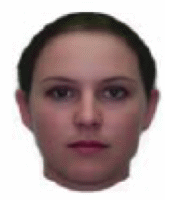
|
Arnold, D.H. & Lipp, O.V. (2011). Discrepant integration times for upright and inverted faces.
Perception, 40: 989 - 999.
|
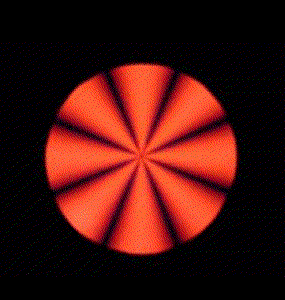
|
Arnold, D.H. & Yarrow (2011). Temporal
recalibration of vision. Proceedings of the Royal Society of London,
Series B: Biological Sciences 278, 535 - 538.
|

|
Roseboom, W. & Arnold, D.H. (2011). Learning to
reach for 'invisible' visual input. Current Biology 21: R493 -
R494 |

|
Roseboom, W. & Arnold, D.H. (2011). Twice upon a
time: Multiple, concurrent, temporal recalibrations of audio-visual
speech. Psychological Science 22: 872 - 877. |
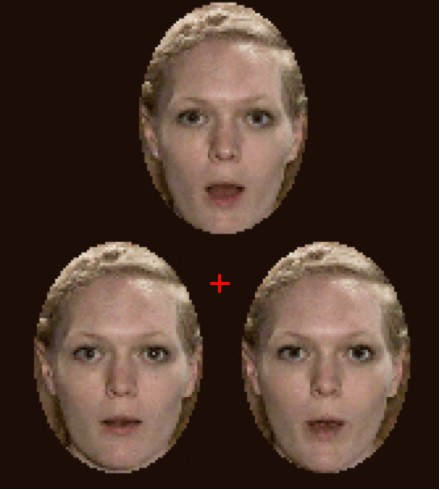
|
Roseboom, W., Fujisaki, W., Nishida, S. & Arnold,
D.H. (2011). Audio-visual speech timing sensitivity is enhanced in
cluttered conditions. PLoS One 6(4): e18309.
|

|
Schindel, R., Rowlands, J. & Arnold, D.H. (2011).
The oddball effect: Perceived duration and predictive coding. Journal
of Vision 11(2): 17, 1 - 9. |

|
Arnold, D.H. & Quinn, H. (2010). Binocular Rivalry
and Multi-stable perception: Independence and monocular channels.
Journal of Vision 10(10): 8, 1 � 9. |
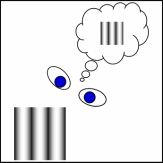
|
Schindel, R. & Arnold, D.H. (2010). Visual
sensitivity can scale with illusory size changes. Current Biology
20: 841 - 844. |
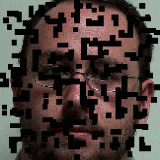
|
Arnold, D.H., Tear, M., Schindel, R. &
Roseboom, W. (2010). Audio-Visual Speech Cue Combination. PLoS One
5(4): e10217. |

|
Arnold, D.H., Erskine, H., Roseboom, W. & Wallis,
T.S.A. (2010). Spatio-temporal rivalry: A perceptual conflict involving
illusory static and moving forms. Psychological Science 21: 692 -
699. |

|
Wallis, T.S.A., Williams, M. & Arnold, D.H.
(2009). Pre-exposure to moving form enhances static form sensitivity.
PLoS One 4(12): e8324. |

|
Arnold, D.H., James, B.& Roseboom, W. (2009).
Binocular rivalry: Spreading Dominance Through Complex Images. Journal
of Vision 9(13): 4, 1-9. |

|
Roseboom, W., Nishida, S. & Arnold, D.H. (2009).
The sliding window of audio-visual simultanety. Journal of Vision
9(12):4, 1 - 8. |

|
Arnold, D.H., Ong, Y. & Roseboom, W. (2009).
Simple differential latencies modulate, but do not cause the flash-lag
effect. Journal of Vision 9(5): 4, 1 - 8. |
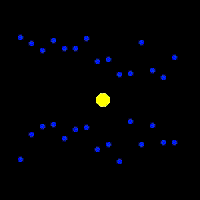
|
Wallis, T.S.A. & Arnold, D.H. (2009).
Motion-induced blindness and motion streak suppression. Current
Biology, 19: 325 - 329. |

|
Amano, K., Arnold, D.H., Takeda, T. & Johnston, A.
(2008). Alpha amplitude amplification during illusory jitter perception.
Journal of Vision, 8(10): 3, 1 - 11. |
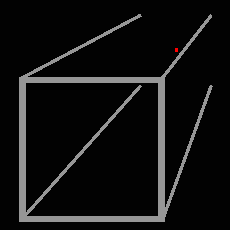
|
Arnold, D.H., Birt, A. & Wallis, T.S.A. (2008).
Perceived Size and Spatial Coding. Journal of Neuroscience, 28:
5954 - 5958. |

|
Arnold, D.H., Law, P. & Wallis, T.S.A. (2008).
Binocular Switch Suppression: A new method for persistently rendering the
visible 'invisible'. Vision Research, 48, 994 - 1001. |

|
Wallis, T.S.A. & Arnold, D.H. (2008). Motion
induced blindness is not tuned to retinal speed. Journal of Vision,
8(2): 11, 1 - 7. |

|
Arnold, D.H., Grove, P.M. & Wallis, T.S.A. (2007).
Staying Focussed: A functional account of perceptual suppression during
binocular rivalry. Journal of Vision, 7(7):7, 1 - 8. |
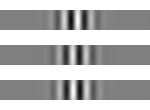
|
Arnold, D.H., Thompson, M. & Johnston, A.
(2007). Motion and Position Coding. Vision Research 47, 2403 -
2410. |
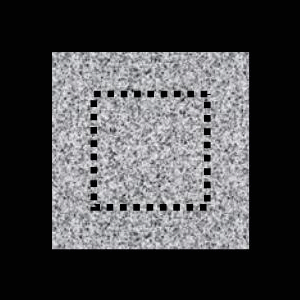
|
Arnold, D.H., & Wilcock, P. (2007). Cortical
processing and perceived timing. Proceedings of the Royal Society of
London, Series B: Biological Sciences. 274, 2331 - 2336. |
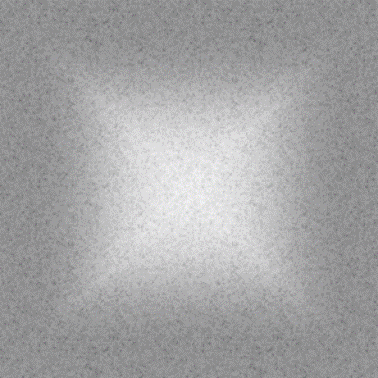
|
Koene. A., Arnold, D.H. & Johnston, A. (2007).
Bimodal sensory discrimination is finer than dual single modality
discrimination. Journal of Vision, 7(11):14, 1 - 11. |

|
Whitney, D., Ellison, A., Rice, N.J., Arnold,
D.H., Goodale, M., Milner, D. & Walsh, V. (2007). Visually guided
reaching depends on motion area MT+. Cerebral Cortex, 17, 2644 -
2649. |

|
Fujisaki, W., Koene, A., Arnold, D.H., Johnston, A..
& Nishida, S. (2006). Visual search for a target changing in synchrony
with an auditory signal. Proceedings of the Royal Society of London,
Series B: Biological Sciences 273, 865 - 874. |

|
Johnston, A., Arnold, D.H. & Nishida, S.
(2006). Spatially localised distortions of perceived duration. Current
Biology 16, 472 - 479. |

|
Arnold, D.H. (2005). Perceptual pairing of colour
and motion. Vision Research 45, 3015 - 3026. |

|
Arnold, D.H. & Johnston, A. (2005). Motion
Induced Spatial Conflict following Binocular Integration. Vision
Research 45, 2934 - 2942. |

|
Arnold,D.H., Johnston, A. & Nishida, S.
(2005). Timing Sight and Sound. Vision Research 45, 1275 -
1284. |

|
Arnold,D.H., & Johnston, A. (2003). Motion
induced spatial conflict. Nature 425, 181 - 184. |
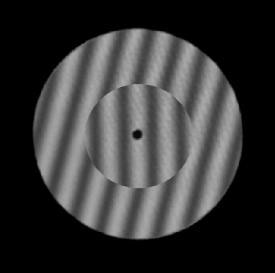
|
Arnold, D.H., Durant, S. & Johnston, A. (2003).
Latency differences and the flash-lag effect. Vision Research 43,
1829 - 1835. |
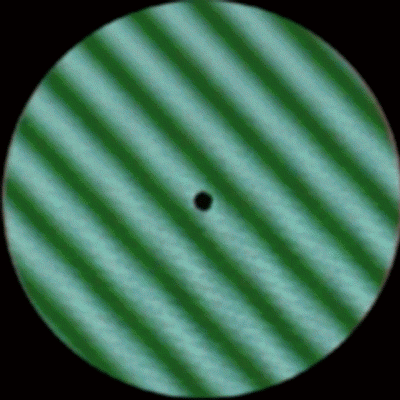
|
Clifford, C.W.G., Arnold, D.H., and Pearson, J.
(2003). A paradox of temporal perception revealed by a stimulus
oscillating in colour and orientation. Vision Research 43, 2245 -
2253. |

|
Clifford, C.W.G., Arnold, D.H., Smith, S. &
Pianta, M. (2003). Opposing views on orthogonal adaptation: a reply to
Westheimer & Gee. Vision Research 43, 717 - 719. |

|
Arnold, D.H. & Clifford, C.W.G. (2002).
Determinants of asynchronous processing in vision. Proceedings of the
Royal Society of London, Series B: Biological Sciences 269,
579-583. |
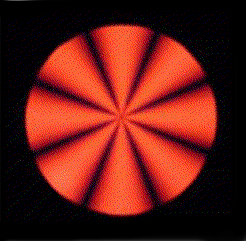
|
Arnold, D.H., Clifford, C.W.G., & Wenderoth, P.
(2001). Asynchronous processing in vision: Color leads motion. Current
Biology 11, 596 - 600. |

|
Clifford, C.W.G., Ma Wyatt, A., Arnold, D.H., Smith,
S.T. and Wenderoth, P. (2001). Orthogonal adaptation improves orientation
discrimination. Vision Research 41, 151 - 159. |

|
Clifford, C.W.G., Arnold, D.H., and Wenderoth, P.
(2000). Dissociable factors affect speed perception and discrimination.
Clinical and Experimental Opthamology 28, 230 - 232. |
BOOK CHAPTERS |

|
Arnold, D.H., and Whitney, D. (2005). Adaptation and
perceptual binding in sight and sound, in Fitting the Mind to the World
(eds. Clifford, C.W.G. & Rhodes, G.), Oxford: Oxford University
Press. |
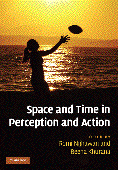
|
Arnold, D.H. (in press). Relative Timing and
Perceptual Asynchrony, in Space and Time in Perception and Action (eds.
Nijhawan, R. & Khurana, B.), Cambridge: Cambridge University
Press.
|